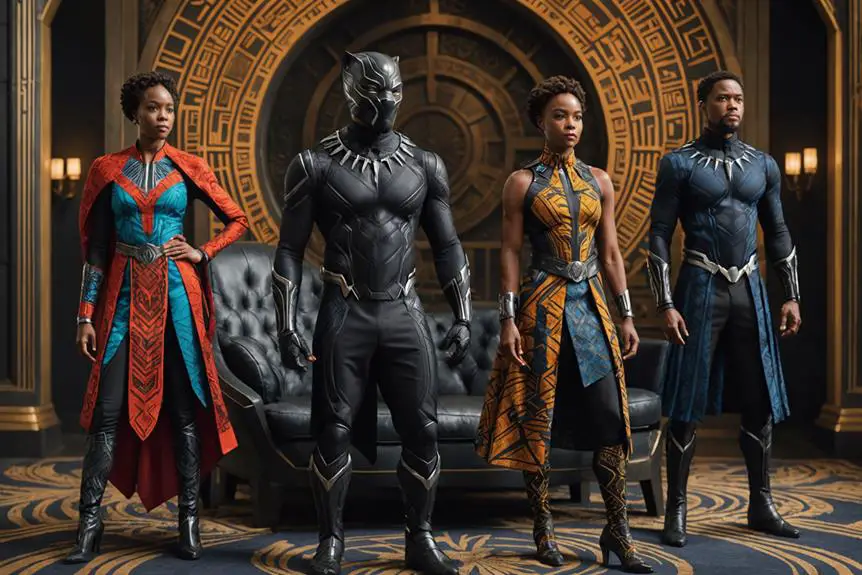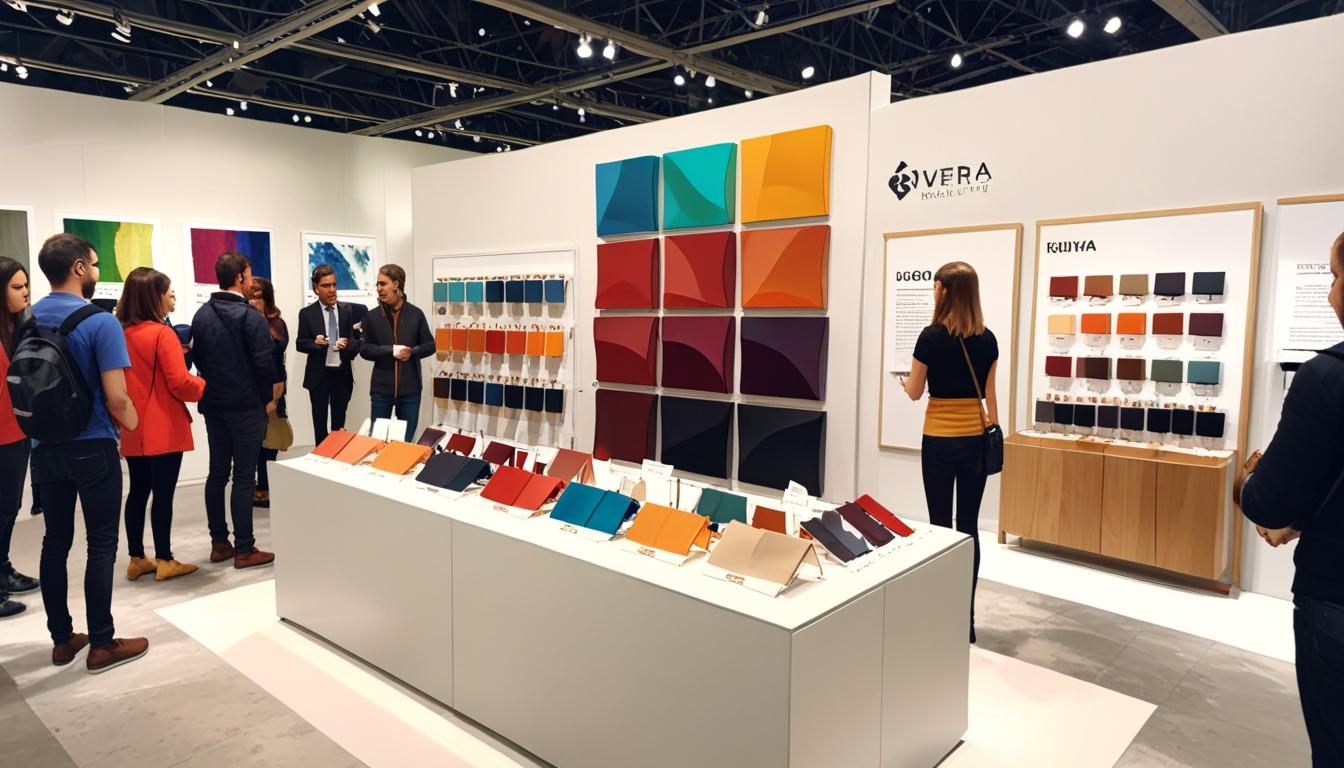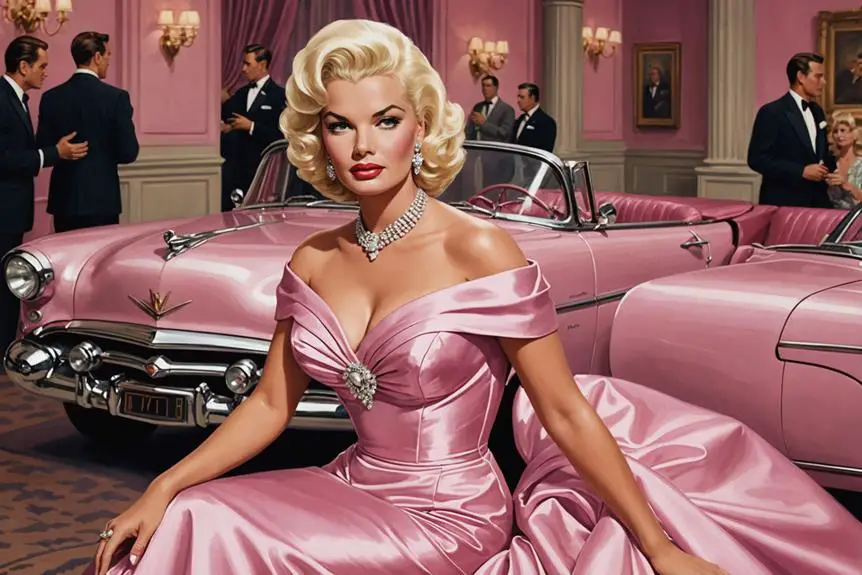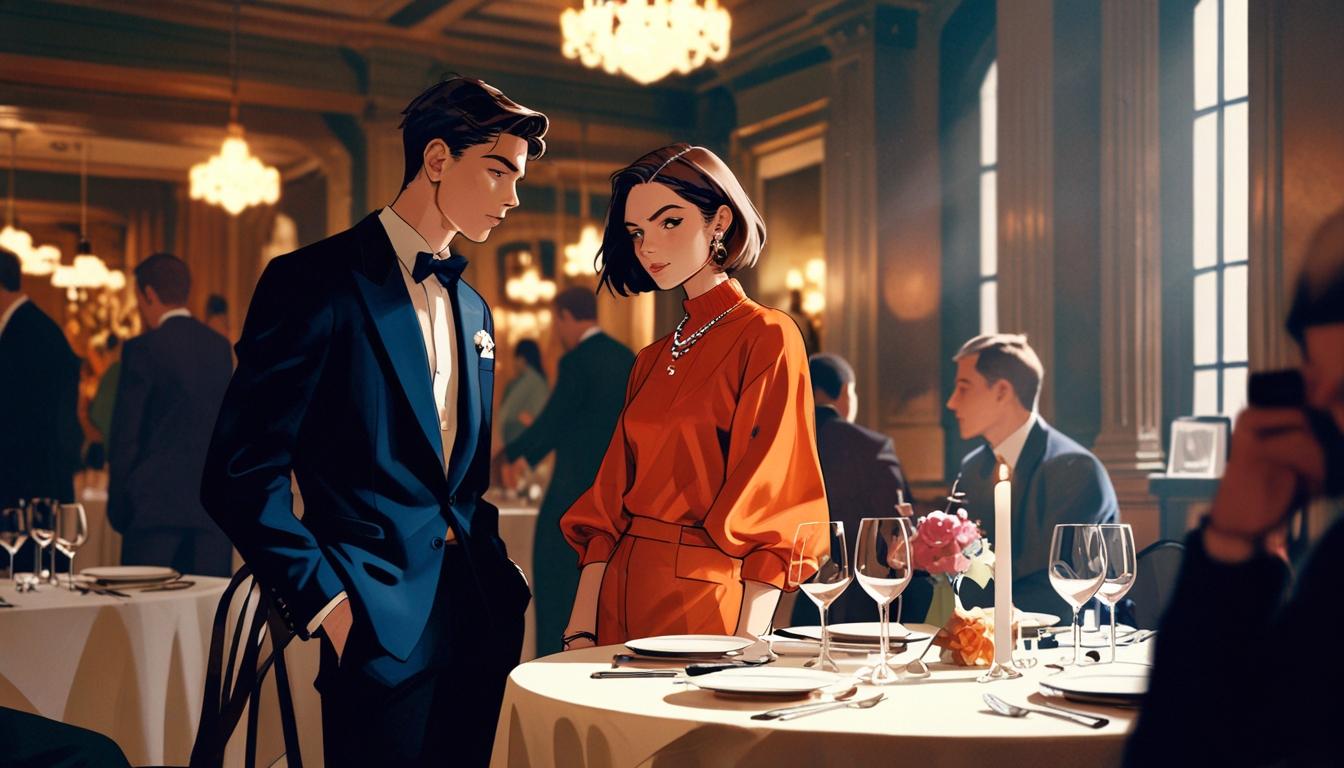You might not realize that Ruth E. Carter's costume design for "Black Panther" involved over 2,000 unique pieces, each meticulously crafted to reflect the rich tapestry of African culture. These outfits play a vital role in not just defining character identities but also in conveying deeper cultural narratives. As you consider the intricate details and inspirations behind these designs, it raises questions about how costumes can influence both storytelling and audience perception. What specific elements stand out, and how do they contribute to the film's overall impact?
Costume Designer Ruth E. Carter
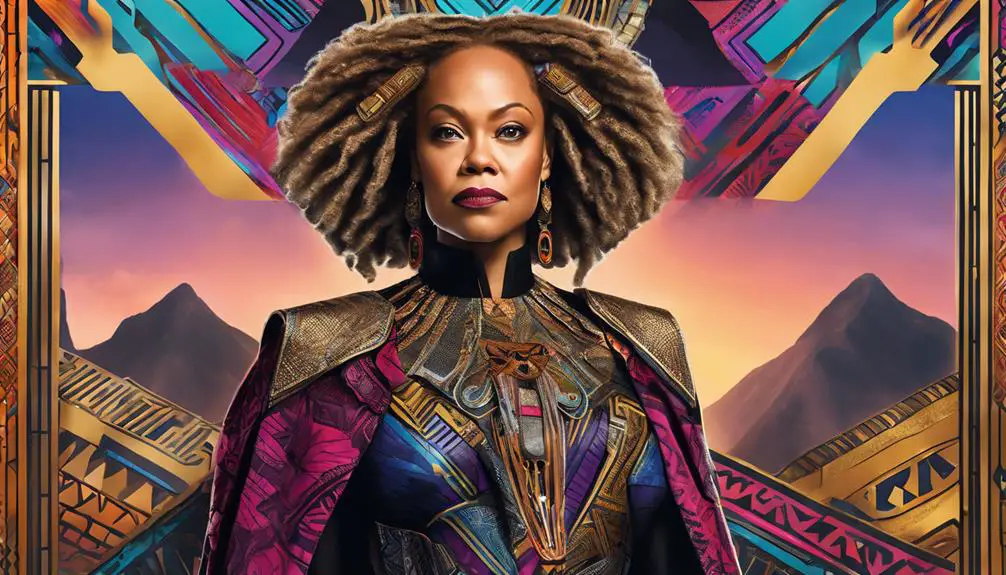
Ruth E. Carter made history as the first African American woman to win the Academy Award for Best Costume Design in 2019 for her groundbreaking work on "Black Panther." Her designs brilliantly reflect the rich tapestry of African cultures, drawing inspiration from the vibrant traditions of the Maasai and Turkana, while steering clear of colonial influences. This commitment to authenticity not only elevates the film's aesthetic but also enhances its narrative depth.
Working closely with director Ryan Coogler, Ruth fostered a collaborative atmosphere where the actors' input shaped the visual storytelling of their characters. Each costume serves as a narrative device, revealing the characters' roles and status within the technologically advanced society of Wakanda.
Ruth's innovative approach included using 3-D printing, allowing her to create intricate details that provided both beauty and functionality, particularly during action sequences.
Through her meticulous research and creative vision, Ruth E. Carter not only brought the world of Wakanda to life but also promoted authentic representation of African heritage, making "Black Panther" a cultural milestone in cinema. Her work continues to inspire and empower future generations of costume designers and storytellers alike.
Cultural Inspirations in Costume Design
The costumes in "Black Panther" showcase a stunning array of cultural inspirations that celebrate African heritage. Each outfit, from the striking Black Panther suit to the intricate designs of the Dora Milaje, reflects a deep commitment to cultural authenticity. Costume designer Ruth E. Carter brilliantly integrates elements from various African traditions, drawing inspiration from the Turkana and Maasai tribes, among others.
For instance, Nakia's designs echo the vibrant styles of the Surma populations in Ethiopia, highlighting the film's dedication to representing diverse fashion elements. The Dora Milaje costumes incorporate traditional Zulu hats and Ndebele stacked neck rings, showcasing the historical richness of these cultures.
M'Baku's battle attire is particularly enthralling, as it's based on traditional African masks, underscoring the importance of cultural symbolism in character design.
Moreover, "Black Panther" reimagines Wakanda as a high-tech society, challenging stereotypes about Africa and promoting a positive representation of African culture in mainstream media. Each costume not only serves a purpose in the story but also acts as a celebration of the continent's diverse heritage, allowing viewers to connect with its rich tapestry of traditions and identities.
Key Character Outfit Highlights
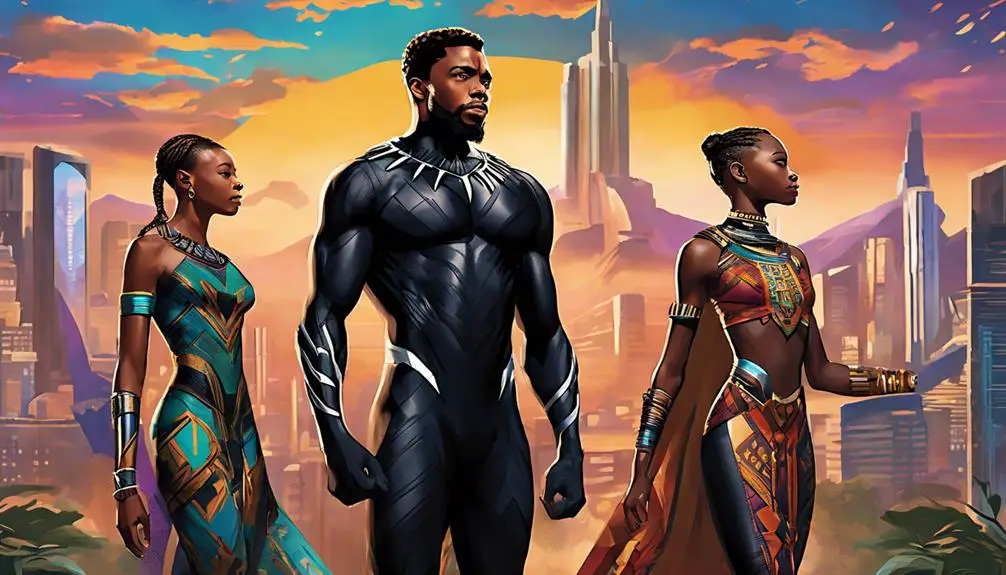
Building on the rich cultural inspirations highlighted in "Black Panther," the film's key character outfits further exemplify the thoughtful design choices that enhance each character's identity. The costume designer brilliantly incorporates African designs to create outfits that resonate with the characters' backgrounds and roles.
For instance, Shuri's new suit, featuring vibranium details and a textured fabric patterned after the Okavango triangle, symbolizes her innovative spirit and technological prowess.
Okoye's Midnight Angel armor showcases a stunning blue color scheme, inspired by traditional masks from Benin and South Africa, adding layers of cultural depth to her character.
Queen Ramonda's regal attire, a striking purple gown paired with a 3D-printed isicholo headdress, signifies her royal status and cultural heritage, making her presence unforgettable.
M'Baku's costume draws inspiration from the Dogon people, incorporating shells and silvery fur that symbolize wealth and his connection to the silverback ape, reinforcing his character identity.
Finally, T'Challa's coronation outfit, with its hand-painted purple designs and Zulu cow-hide shield, represents his royal status and cultural heritage during pivotal moments.
Each outfit masterfully combines artistry, inspiration, and cultural significance, making the characters truly iconic.
Practicality in Costume Functionality
Costume designers for "Black Panther" prioritized functionality alongside aesthetics, ensuring that each outfit could withstand the rigorous demands of action-packed scenes. They cleverly integrated durable materials that not only looked stunning but also provided the necessary agility and mobility for dynamic fight sequences.
For instance, Nakia's dress brilliantly balances elegance and combat readiness, allowing her to move with ease while maintaining a sophisticated appearance.
The design of the Dora Milaje costumes showcases a thoughtful approach to practicality, emphasizing comfort for fully clothed female warriors. By incorporating elements like Velcro and magnets, the costumes allow for quick adjustments and secure fastening, enhancing their functionality during filming.
Additionally, the use of lightweight fabrics and innovative techniques like 3D printing greatly contribute to the durability and aesthetic appeal required for high-energy action scenes.
In this way, the costume designer's vision for "Black Panther" goes beyond mere visuals; it creates an immersive experience that respects both the characters and the physical demands of their roles.
Each outfit not only tells a story but also equips the actors to deliver thrilling performances, making the film a visual masterpiece that resonates with audiences.
Craftsmanship and Collaboration
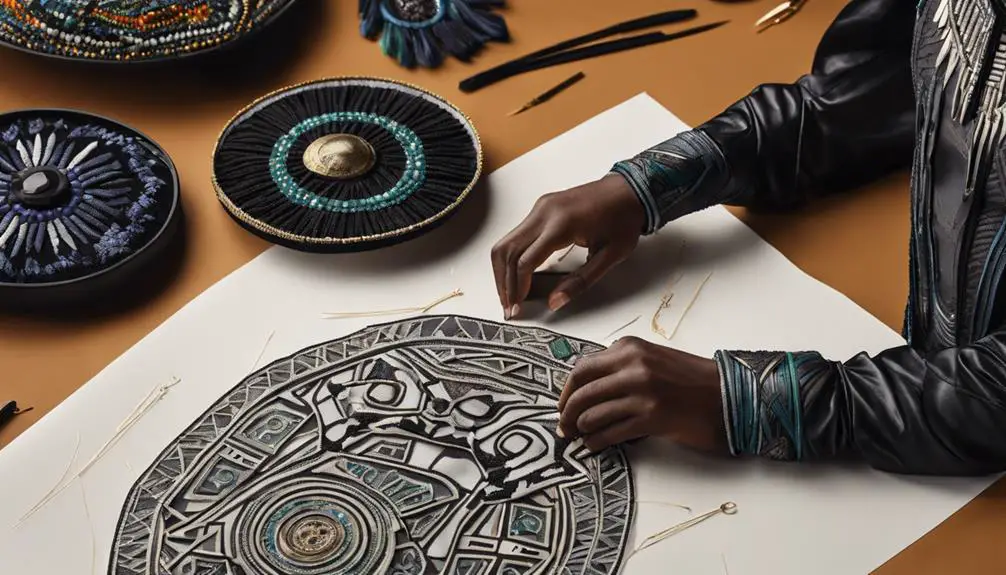
In crafting the stunning visuals of "Black Panther: Wakanda Forever," Ruth E. Carter exemplified the essence of craftsmanship and collaboration. She teamed up with historians, oceanographers, and skilled craftspeople to design over 2,000 unique costumes, guaranteeing each piece radiated authenticity and visual richness.
By incorporating elements from African cultures and reflecting tribal heritage, the costume design celebrated cultural representation like never before.
Carter's innovative techniques were evident in the detailed hand-painted accents and the integration of 3D-printed components, showcasing her commitment to pushing the boundaries of costume design. Collaborating with renowned designers such as Ozwald Boateng further enriched the film's aesthetic vision, demonstrating how expert partnerships can elevate a project's artistry.
Throughout the design process, Carter fostered an environment of creativity, welcoming input from actors and utilizing vision boards to visualize concepts. This collaborative spirit not only enhanced the costumes' depth but also guaranteed that every character's attire resonated with their identity.
The result? A vibrant tapestry of costumes that not only tell a story but also pay homage to the rich traditions and cultures of Africa, setting "Black Panther: Wakanda Forever" apart in the domain of film.
M'Baku and Cultural Significance
While exploring the cultural significance of M'Baku's attire in "Black Panther," you'll notice how deeply it resonates with the heritage of the Dogon people of Mali. His costume features intricate designs that reflect not only wealth through the use of shells but also symbolize the strength and resilience of the silverback ape. This connection to the Dogon culture enhances your understanding of M'Baku as a powerful leader of the Jabari tribe.
The contrast between M'Baku's outfit and those of other characters highlights his unique tribal identity, enriching the portrayal of Wakandan society. Each element of his costume emphasizes authenticity and respect for African heritage, aligning perfectly with the film's commitment to cultural representation.
The traditional materials and craftsmanship found in M'Baku's attire serve as a narrative device, visually conveying his role and status amidst the themes of unity and conflict that permeate the story.
As you appreciate M'Baku's striking presence, you can't help but admire how his costume encapsulates the essence of the Jabari tribe, celebrating the strength and resilience inherent in their culture while adding depth to the vibrant tapestry of Wakanda.
Audience Reception and Legacy
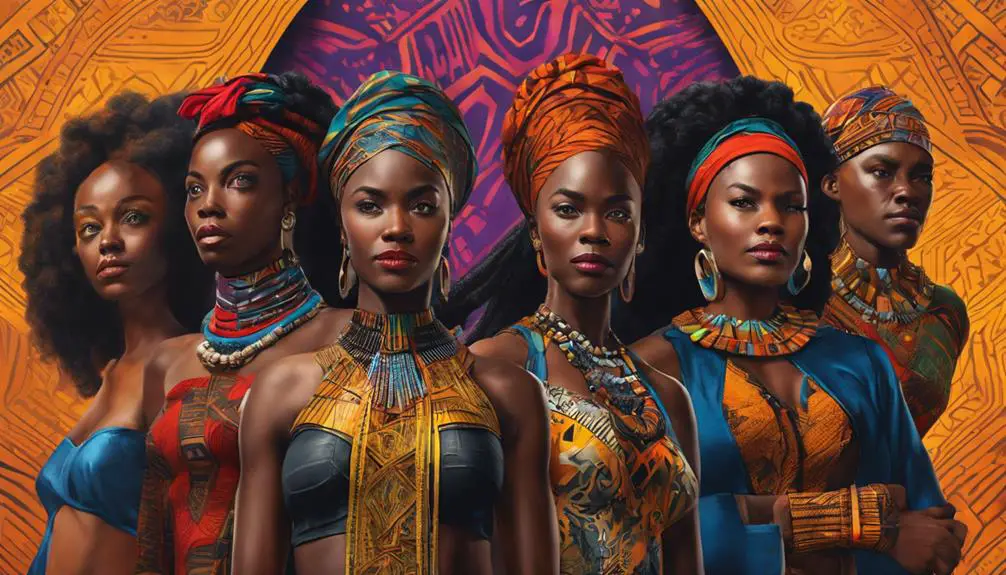
The striking costumes in "Black Panther" not only celebrate cultural heritage but also play a significant role in how audiences received the film and its lasting legacy. Ruth E. Carter's innovative designs garnered widespread acclaim for their cultural significance, showcasing the beauty and diversity of African cultures. This attention to detail resonated deeply with viewers, sparking high levels of audience engagement. Many fans embraced the film's costumes through cosplay, expressing pride in their representation and identity.
"Black Panther" set box office records, becoming the top-grossing film directed by a Black filmmaker, which highlights the impact its costumes had on both cultural and commercial success. The film encouraged discussions about diversity and representation in Hollywood, influencing future projects to embrace more inclusive narratives.
Carter's recognition as the first African American woman to win an Academy Award for Best Costume Design in 2019 further emphasizes her crucial role in elevating African cultures in mainstream media.
As you reflect on the film's legacy, it's clear that the costumes not only enhanced the storytelling but also left a profound mark on audience perceptions, paving the way for richer narratives in cinema.
Overall Impact of Costume Design
Costume design in "Black Panther" profoundly impacts character identity and storytelling, drawing audiences deeper into the film's rich narrative. Ruth E. Carter's visionary work elevates African representation in cinema, showcasing the cultural significance of each unique costume.
With over 2,000 distinct outfits, she seamlessly blends traditional craftsmanship with modern technology, utilizing techniques like 3D printing, which not only enhances authenticity but also brings a fresh perspective to Black experiences.
Each costume serves as a powerful storyteller, revealing details about characters and their journeys. For instance, the vibrant colors and patterns reflect the rich heritage of Africa, creating an emotional connection that resonates with viewers.
The stunning visuals encourage audiences to engage with the film on a deeper level, fostering appreciation for the intricacies of African culture.
Carter's innovative approach inspires future filmmakers to reflect on costume design as an essential narrative tool. By bridging the gap between traditional and contemporary elements, "Black Panther" reshapes how we perceive character identity and cultural representation, making it a landmark achievement in film history.
This film not only entertains but also educates, leaving a lasting impact on both the industry and its audience.
Frequently Asked Questions
What Do the Costumes in Black Panther Represent?
The costumes symbolize significant connections to cultural heritage and character identity. Vibranium elements and design inspiration reflect fashion evolution, while color meanings and thematic representation highlight ancestral connections and representation diversity in storytelling.
Can a White Kid Wear Black Panther Costume?
About 70% of kids say superheroes help shape their identities. If you're considering a Black Panther costume, engage in a conversation about cultural representation, community reactions, and the importance of empowerment through imaginative play and diversity in fandom.
What Is the Black Panther Suit Called?
The Black Panther suit embodies advanced suit technology, reflecting Wakanda heritage and the character's evolution. This superhero identity carries cultural significance, influencing costume design, film impact, and fashion trends in cinematic history, showcasing powerful storytelling.
Who Did the Wardrobe for Black Panther?
You'll be amazed to learn that Ruth E. Carter, the brilliant costume designer, masterfully wove cultural significance into the film's wardrobe evolution, blending fashion inspiration, textile choices, and color symbolism to enhance character development and superhero identity.
